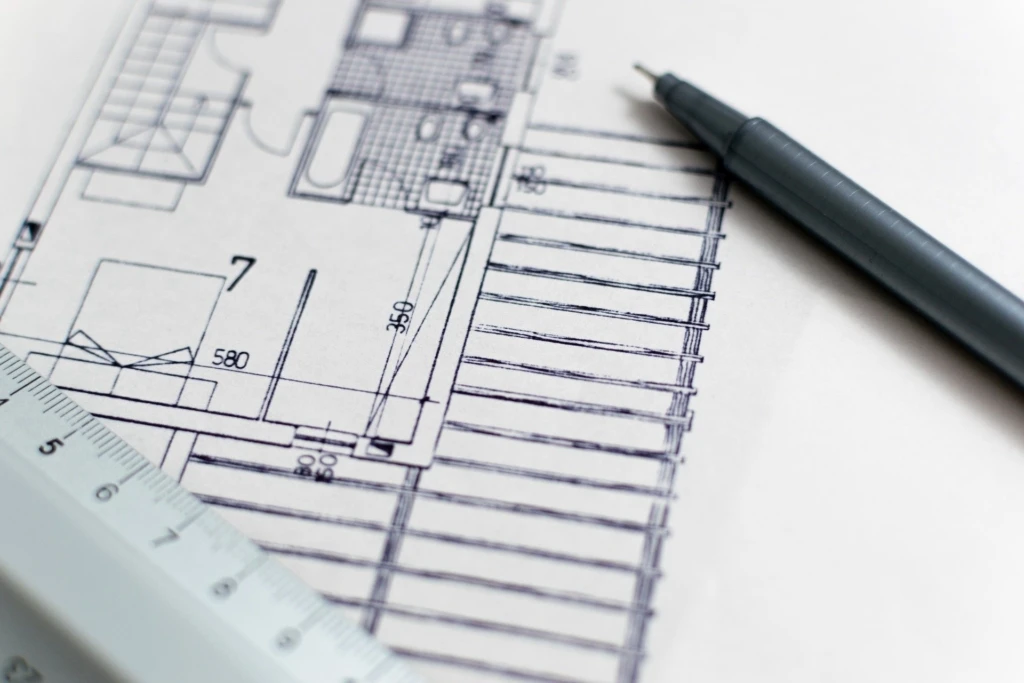Which to Prefer – an Apartment in a New Building or a 10-15 Year Old House?

Although apartment buildings built 10-15 years ago are still relatively new, the reality is that much has changed in residential construction over the years. What advantages does a newly completed new development have and what does a second-hand apartment offer, and what is actually being purchased today, explain residential developer Bonava and real estate portal Kinnisvara24.
An apartment building built in 2010-2015 is still quite modern compared to Soviet-era panel buildings, and compared to new developments, it also has a certain price advantage. A lower price per square meter allows buyers to choose homes with more rooms or larger living spaces than in new developments, and the presence of kitchen, hallway, and wardrobe furniture installed by previous owners helps save considerable money on initial moving costs. Developers also note that newly built apartments currently on the market are somewhat smaller in square meters compared to those built 10-15 years ago, despite having the same number of rooms.
According to Lauri Laanoja, sales and marketing director at residential developer Bonava, the biggest difference between a brand new and a 10-15 year old apartment building is primarily related to convenience of use and the quality of the living environment. "Technological systems and especially ventilation systems have developed significantly, using only heat recovery solutions. In addition to environmental benefits, this brings savings on home heating costs," Laanoja continues.
Unsightly sheet metal radiators have almost completely disappeared from rooms. In some cases, today's new developments also include a "Smart home" solution in the price, which allows heating and ventilation systems to be controlled remotely.
According to Laanoja, current new developments on the market maintain their value better over time thanks to the technological solutions offered, because making a 10-15 year old apartment building more energy efficient will require future homeowners to reach community agreements and spend additional money. Currently completed homes must meet Class A energy requirements, and new developments also come with a guarantee for the home, so after purchase you don't have to worry about repairs requiring additional expenses.
Laanoja also points out that fierce competition in the new development market has made new homes more functional, allowing more convenient furniture placement. For example, it may turn out that in a 10-15 year old apartment's bedroom there is only room for a bed, but in a new apartment, wardrobe or dressing room space has been calculated for actual use. Developers have also worked on improving the common areas surrounding the building. Whereas previously they often limited themselves to just a children's playground, now you can find rest and grill areas, community gardens, outdoor fitness equipment, etc. Parking spaces include electric car charging infrastructure by default and are conveniently located on the basement or cellar level of the building. True, this convenience is also reflected in the price per square meter of the living space.
According to Urmas Uibomäe, CEO of real estate portal Kinnisvara24, looking at the portal's statistics, there is interest in both new developments and apartments built in 2015-2020. While over 1200 new apartments are currently on the market, 10-15 year old apartments are noticeably fewer, around 300.
"In new developments, there is more interest in apartments with a price per square meter around 4000 euros and which include kitchen furniture or other campaign offers that make home purchase more affordable," says Uibomäe. "In Harjumaa, the more popular areas are North Tallinn, Tiskre, and Haabersti. Primarily 3- and 4-room apartments are selling." According to him, it can be seen that the buyer looking for a home in a new development also seeks uniqueness. For example, Mustamäe Manhattan development and North Tallinn Manufaktuuri quarter's 3- and 4-room homes are also popular.
In Tartu, 3-room apartments are also the most in demand. Among areas, Annelinn and Raadi are more popular.
According to Uibomäe, the buyer base for 10-15 year old apartments is more diverse and therefore the range of areas where homes are sought is also wider. While apartments in new construction are purchased mainly in three of the aforementioned areas, on the secondary market there are several times more popular areas in Harjumaa: North Tallinn, Tallinn city center, Lasnamäe, Kristiine, Maardu, Peetri, and Aruküla.




